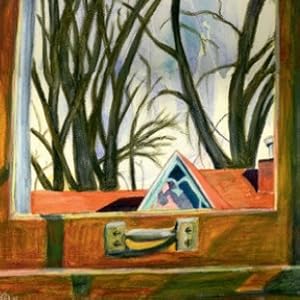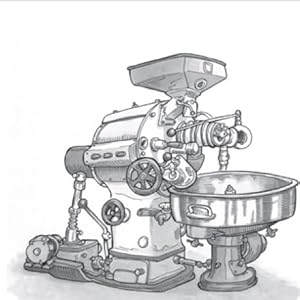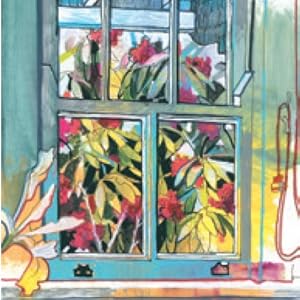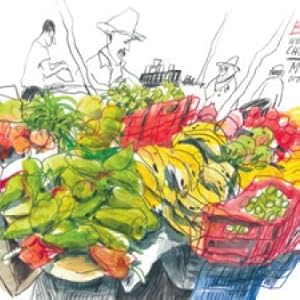





Price: $19.99 - $14.88
(as of Nov 30, 2024 06:08:36 UTC – Details)

In The Urban Sketching Handbook: Techniques for Beginners, artist and Urban Sketcher correspondent Suhita Shirodkar shares essential skills for sketching architecture, people, and everyday objects on location.
You’ll learn the basics of value, color mixing, and perspective through helpful studies and exercises, whether at home, in studio, and on location. The Urban Sketching Handbook: Techniques for Beginners is perfect for anyone who’s just getting started in this fascinating art form, or who wants to develop their observational and drawing aptitude by reinforcing basic concepts.
TheUrban Sketching Handbook series offers location artists expert instruction on creative techniques, on-location tips and advice, and an abundance of visual inspiration. These handy references come in a compact, easy-to-carry format—perfect to toss in your backpack or artist’s tote.
From the Publisher


INTRODUCTION
WHAT IS URBAN SKETCHING?
Urban sketching is drawing on location from direct observation. Most urban sketchers work in sketchbooks. These books become stories told over time. They hold memories and meaning, a visual record of sketchers‘ lives and the world around them. Sounds complicated? It isn’t! You’re an urban sketcher if you record what you see: simple objects from your everyday life, landscapes or cityscapes, people in cafés and on the streets. Your sketches can be simple pencil or pen drawings or they might include color. They could be quick little sketches with notes. They’re all urban sketches.






STARTING OUT
Pens, pencils, paints, sketchbooks, and a zillion other products. Who doesn’t love playing with them all? But the choices can get overwhelming. And too large a kit actually makes urban sketching a more complicated endeavor than it should be. If you think about it, you really need only two things to sketch: a surface to draw on and a tool to make marks with. Keep it simple and focus on learning to see.
WHAT TO SKETCH: OBJECTS
The objects you interact with every day, big or small, might seem mundane to you at first. But take a closer look at them: Do they tell a story? Are they interesting to sketch? Are they particular to a place? Do they hold a special meaning for you? Any of these reasons makes them worth sketching. Add a little bit of context to the objects you draw, tell a story in words to go with your sketch, and you have an urban sketch.
WHAT TO SKETCH: PLACES
Landscapes and cityscapes are words that make us think of sweeping vistas and detailed scenes. But capturing a sense of place does not always have to be grand. Sometimes the smallest little corner of a scene holds more meaning than the big view.




WHAT TO SKETCH: PEOPLE
One of the most overlooked aspects of urban sketching is drawing people. We often draw urban environments designed for use by people, but not the people that occupy them. People in urban sketches can be as simple as silhouetted shapes or they may be more articulated with faces and features and actions and gestures. Drawing people is about drawing human stories that tell of places and of cultures, of what makes us unique and what we share in common.
BRINGING IT ALL TOGETHER
We’ve looked at drawing objects, places, and people in the three preceding sections. In the best of urban sketching, the three come together seamlessly to record the world around us. Bringing together myriad elements requires understanding their relationship to each other and using compositional tools for visual clarity. In this section, we’ll explore some of these concepts and look at how different sketchers make choices to tell their story.
Publisher : Quarry Books (November 3, 2020)
Language : English
Flexibound : 112 pages
ISBN-10 : 1631599291
ISBN-13 : 978-1631599293
Item Weight : 2.31 pounds
Dimensions : 5.3 x 0.65 x 8.2 inches

